Vous êtes-vous déjà demandé ce qui donne aux vélos électriques cette accélération sur route ou en côte ? La réponse réside dans le couple. C'est la source de la puissance de rotation du vélo. Le couple est la force de torsion qui fait tourner les roues à l'arrêt. vélos électriques, un couple de vélo électrique plus élevé Cela se traduit par une accélération plus rapide. Cela améliore l'efficacité en montée. Cet article explore ses différences et ses liens avec la vitesse et le couple typique d'un vélo électrique. exigences, et plus encore.

Couple et vitesse : différences et relations
En règle générale, le couple et la vitesse sont deux mesures distinctes. Les différences entre elles incluent :
1. Le couple est une mesure de la force de rotation. La vitesse est différente. C'est une mesure de la vitesse de rotation en tours par minute.
2. Un couple élevé permet des accélérations plus fortes et des montées plus rapides. La vitesse seule ne garantit pas la puissance.
Bien que le couple et la vitesse soient des mesures distinctes, ils partagent des relations importantes sur les vélos électriques.
1. Un moteur à couple élevé peut propulser un vélo électrique sur des pentes raides à des vitesses plus faibles.
2. Pour un même moteur, un couple plus élevé signifie généralement une vitesse plus faible, et inversement. Cela s'explique par le fait que les moteurs ont une limite de puissance globale.
3. Un équilibre entre le couple et la vitesse du vélo électrique est idéal pour qu'un vélo électrique excelle dans différents scénarios de conduite.
Exigences théoriques de couple pour les vélos électriques
Lors de l'achat d'un nouveau vélo électrique, il est important pour comprendre le couple théorique du vélo électrique besoins pour différents types d'équitation.
1. Les vélos électriques d'entrée de gamme offrent généralement un couple d'environ 40 newtons-mètres (Nm). C'est généralement suffisant pour une conduite décontractée et des montées faciles.
2. Pour les pentes raides, les terrains hors route ou le transport de charges plus lourdes, couple de vélo électrique de 60 à 80 Nm est recommandé.
Facteurs influençant le couple réel requis par un vélo électrique
Plusieurs variables concrètes influencent le couple nécessaire à un vélo électrique sur route. La prise en compte de ces facteurs contribue à garantir des performances optimales :
1. Résistance au roulement
Cela dépend du niveau de gonflage des pneus et de l'usure de la bande de roulement. Des pneus sous-gonflés ou usés subissent une friction plus importante et nécessitent davantage de couple pour le vélo électrique. sortie à surmonter.
2. Résistance de grade
Cela est directement lié aux pentes et à l'inclinaison de la route. Les montées génèrent une résistance supplémentaire, nécessitant des couples de serrage plus importants.
3. Résistance de l'air
Il s'agit d'un facteur lié à la vitesse du cycliste face au vent. Une vitesse élevée ou une conduite dans des conditions venteuses engendrent une résistance à l'air. Cela nécessite un couple moteur adéquat sur les vélos électriques. pour compenser.
4. Force d'accélération
La force d'accélération désigne la capacité d'un vélo électrique à atteindre une certaine vitesse à partir de l'arrêt dans un laps de temps donné. Plus le poids total est élevé, plus le couple nécessaire à l'accélération est important.
5. Charge
Cela inclut le poids du cycliste ainsi que les éléments montés comme les porte-bagages et les sacoches. Un poids supplémentaire nécessite un couple plus important pour des performances comparables. Une bonne répartition de la charge a également un impact sur les exigences.
Que peut-il se passer en cas de couple insuffisant ?
Manque de ressources adéquates vélo électrique couple peut avoir un impact négatif Expériences de conduite. Voici quelques conséquences potentielles :
1. Défis en côte et démarrages rapides
Les pentes raides peuvent s'avérer difficiles, voire impossibles à gravir à pleine puissance.Les décollages lents aux feux rouges et aux panneaux peuvent également vous frustrer.
2. Effort de pédalage élevé requis
Vous devez solliciter davantage les muscles des jambes pour atteindre des vitesses que l'assistance électrique ne permet pas. Cela va à l'encontre de l'objectif de l'assistance au pédalage.
3. Moteur sous contrainte
Les moteurs surchargés peinent à fournir l'accélération et l'assistance nécessaires en montée. Des frottements supplémentaires peuvent entraîner une surchauffe des composants.
4. Expérience de conduite médiocre
La conduite générale est lente plutôt que dynamique. Le plaisir diminue lors des accélérations et des montées où la puissance est insuffisante. Par conséquent, vous risquez de vous sentir insatisfait.

Recommandation de vélo électrique: DUOTTS E26
DUOTTS est une marque leader reconnue pour ses vélos électriques hautes performances adaptés à une pratique polyvalente. DUOTTS E26 Ce vélo électrique incarne la puissance et les capacités de son puissant couple maximal de 80 Nm. Permet des accélérations rapides, même à l'arrêt, sur des pentes raides de moins de 30 degrés. Outre ses accélérations et ses montées impressionnantes, le vélo électrique E26 à couple élevé comprend également :
1. Durabilité et style :Un cadre entièrement en aluminium attrayant intégrant teintes changeantes de couleur.
2. Freinage fiable :Disques hydrauliques à quatre pistons de TEKTRO pour une puissance de freinage sûre.
3. Suspension et contrôle :Fourche à suspension avant et DNM ressort arrière pour une conduite en douceur sur n'importe quel sentier.
4. Batterie longue portée :Une grande batterie Samsung 48V 20AH offrant un kilométrage exceptionnel par charge.
5. Engrenage facile :Transmission 8 vitesses SHIMANO pour sélectionner la bonne cadence de pédalage.
6. Affichages avancés :L'écran numérique permet de garder facilement à disposition les données de conduite essentielles.
Conclusion
En résumé, le couple est la mesure de la puissance de rotation qui détermine la capacité d'un vélo électrique à accélérer, à gravir des côtes et à relever divers défis. Des facteurs tels que la pente, la charge, la résistance au roulement, etc., influencent les besoins réels en couple. Avec un couple d'au moins 40 à 60 Nm, la plupart des cyclistes bénéficieront d'une expérience satisfaisante. Cependant, pour les terrains accidentés ou pour optimiser les performances, les vélos électriques à couple plus élevé offrent plus de capacités et de plaisir. Chez DUOTTS, nous concevons des produits fiables comme l'E26. Ils sont rigoureusement testés pour offrir la puissance et la polyvalence nécessaires pour optimiser chaque sortie.



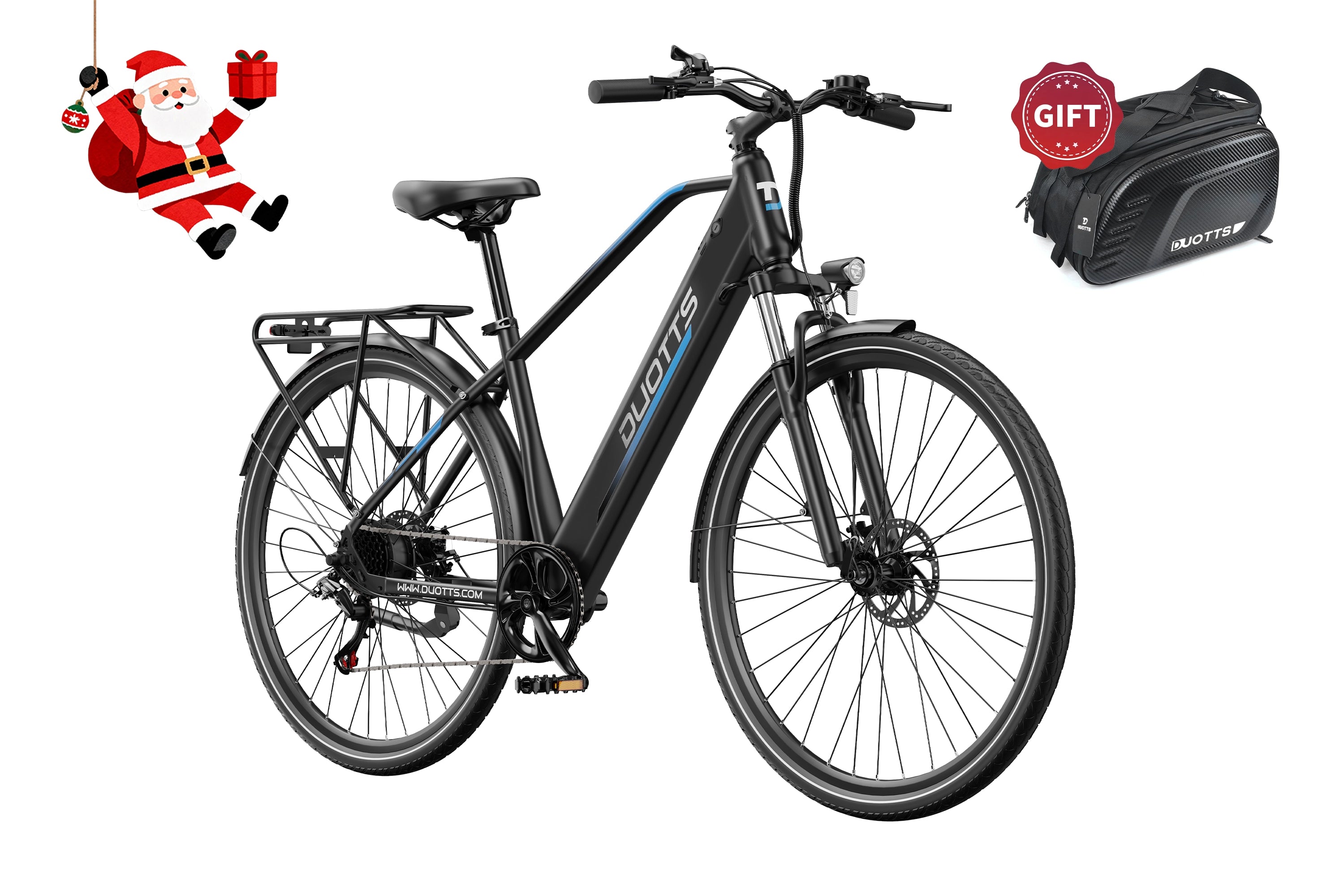
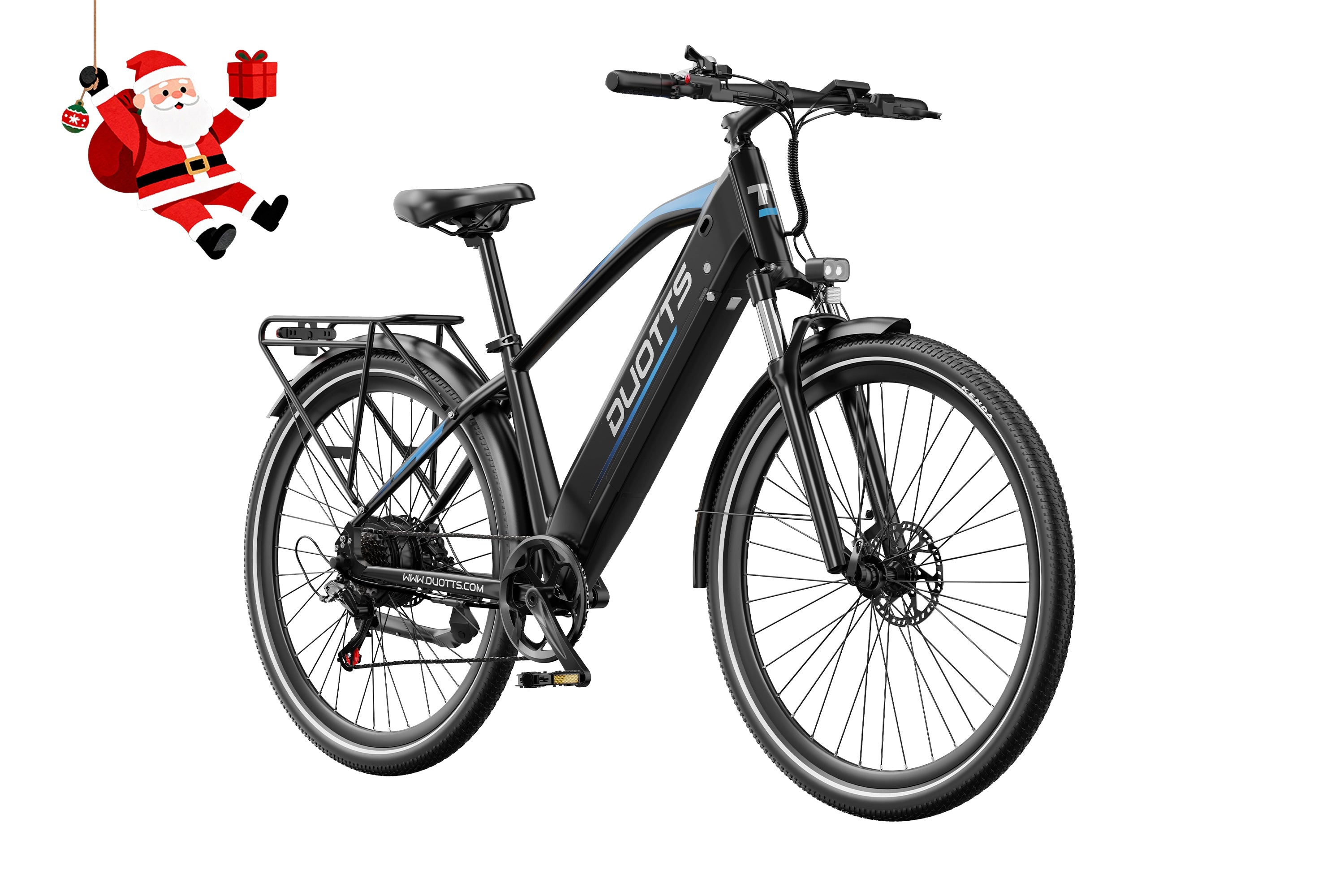
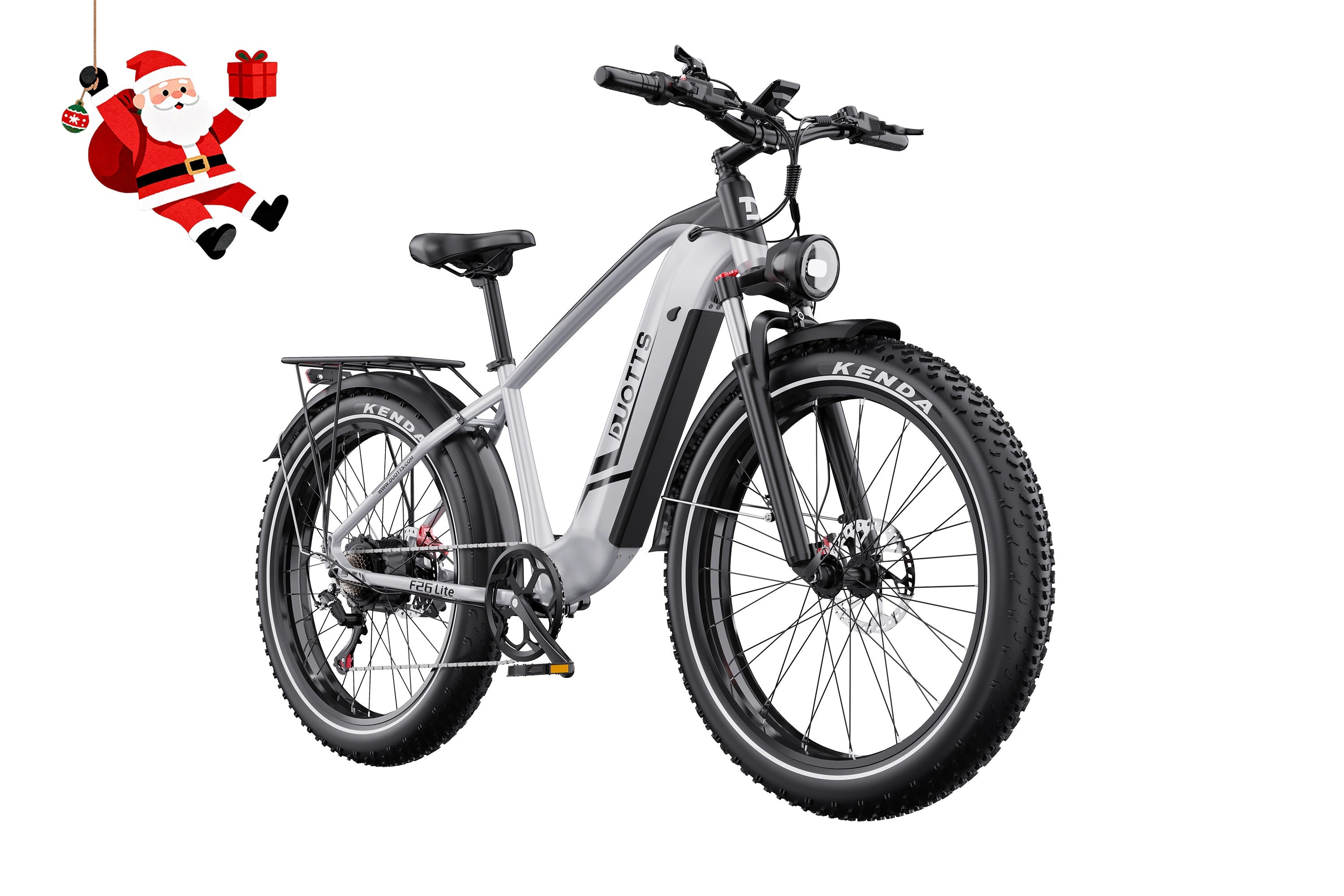
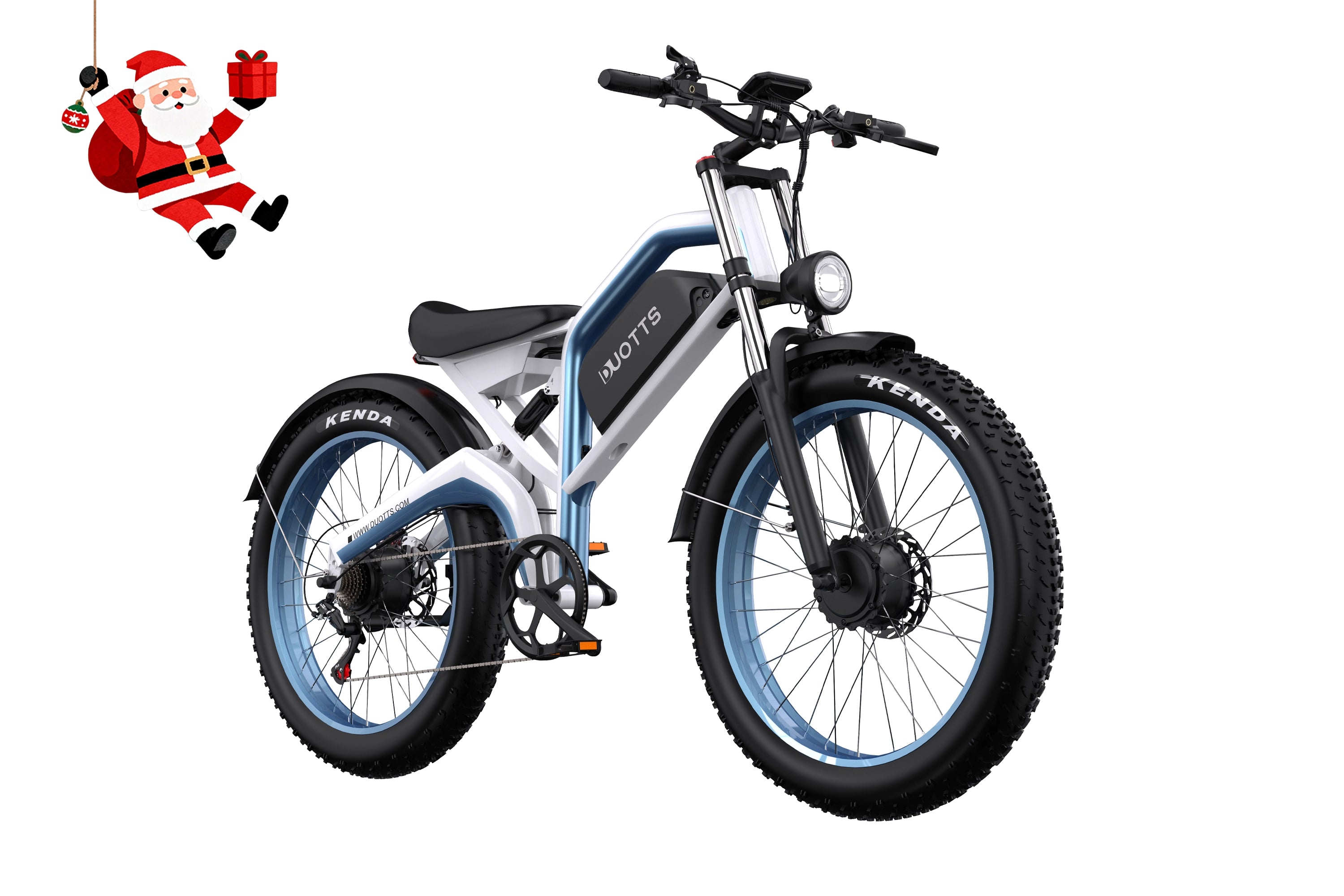
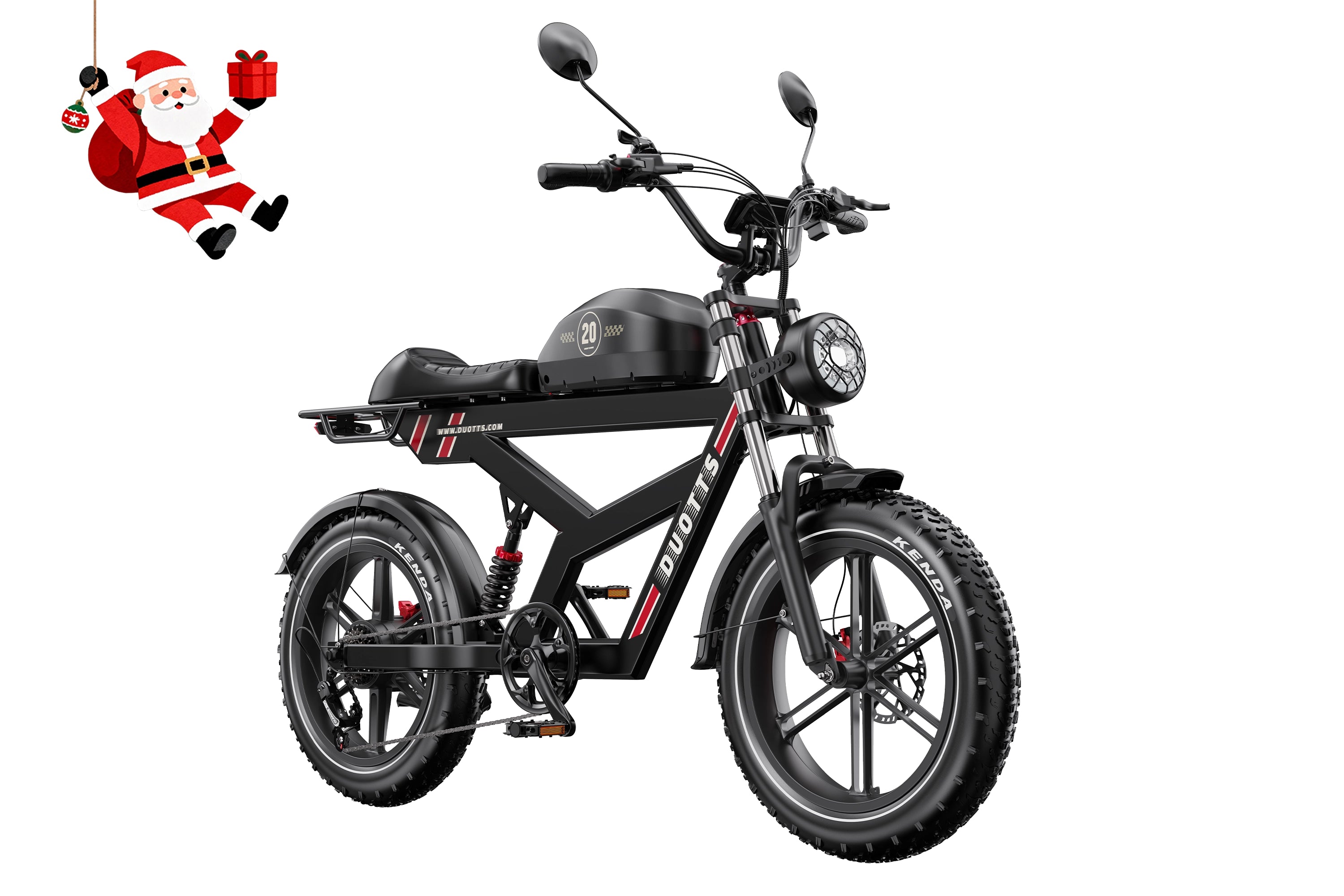
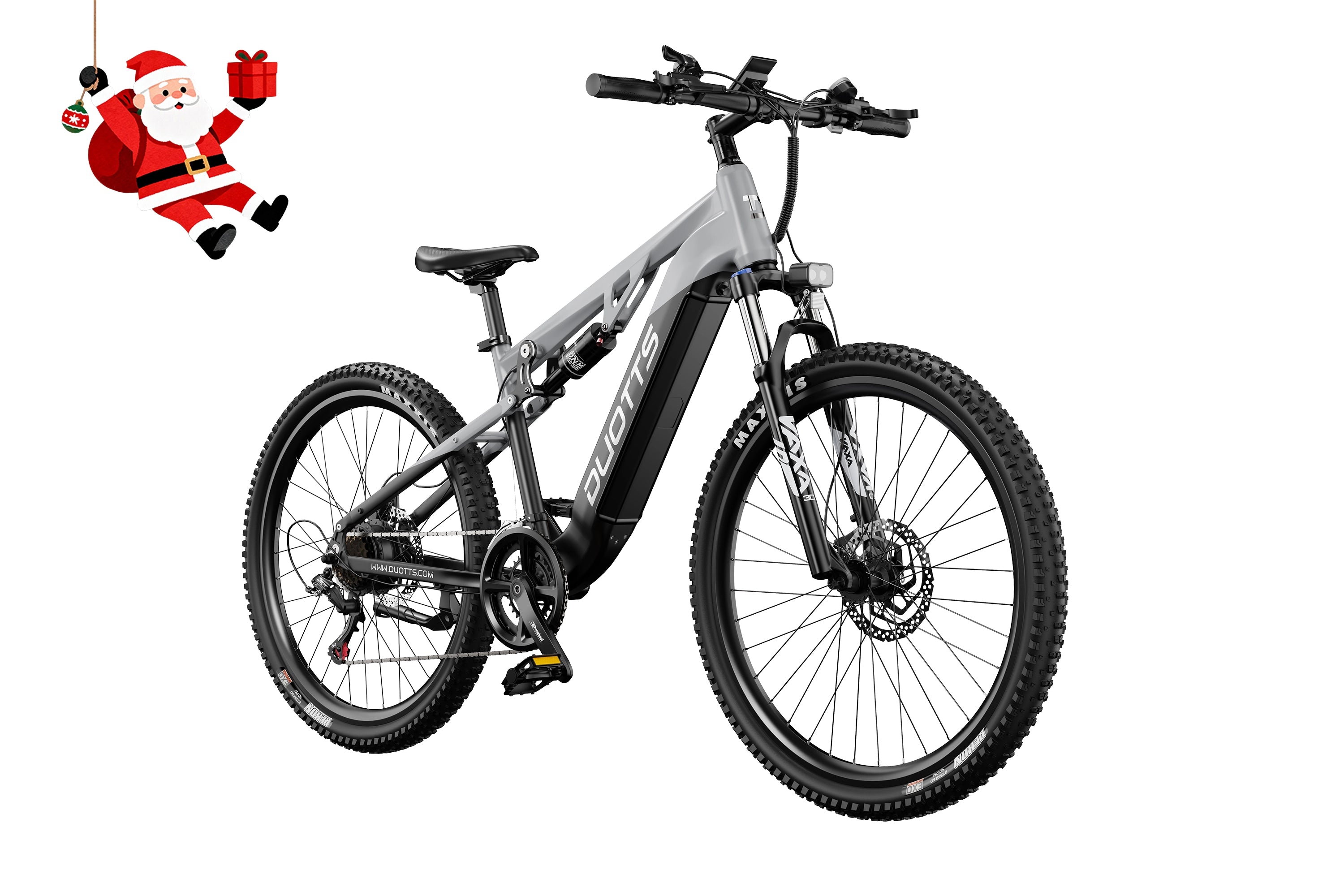
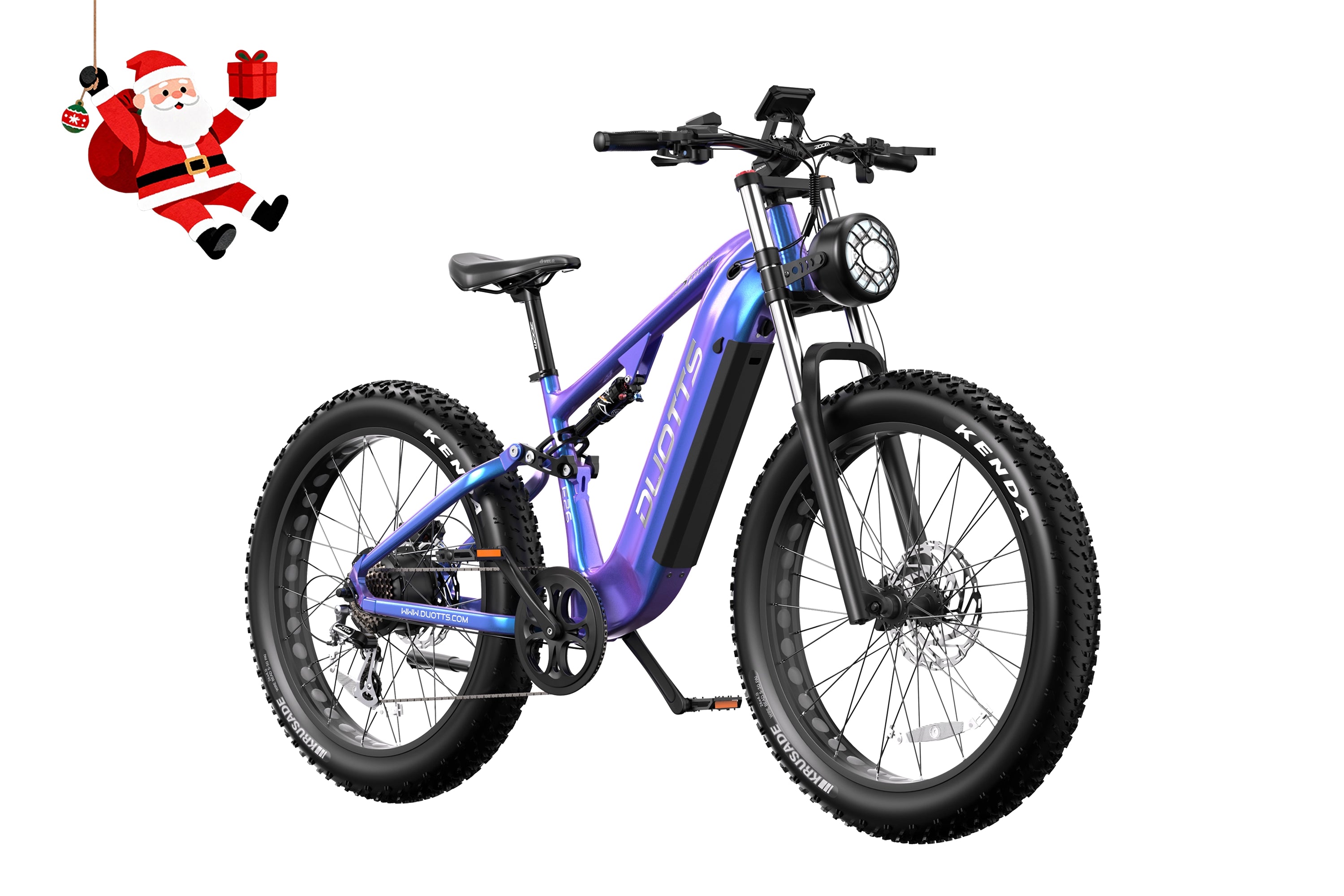
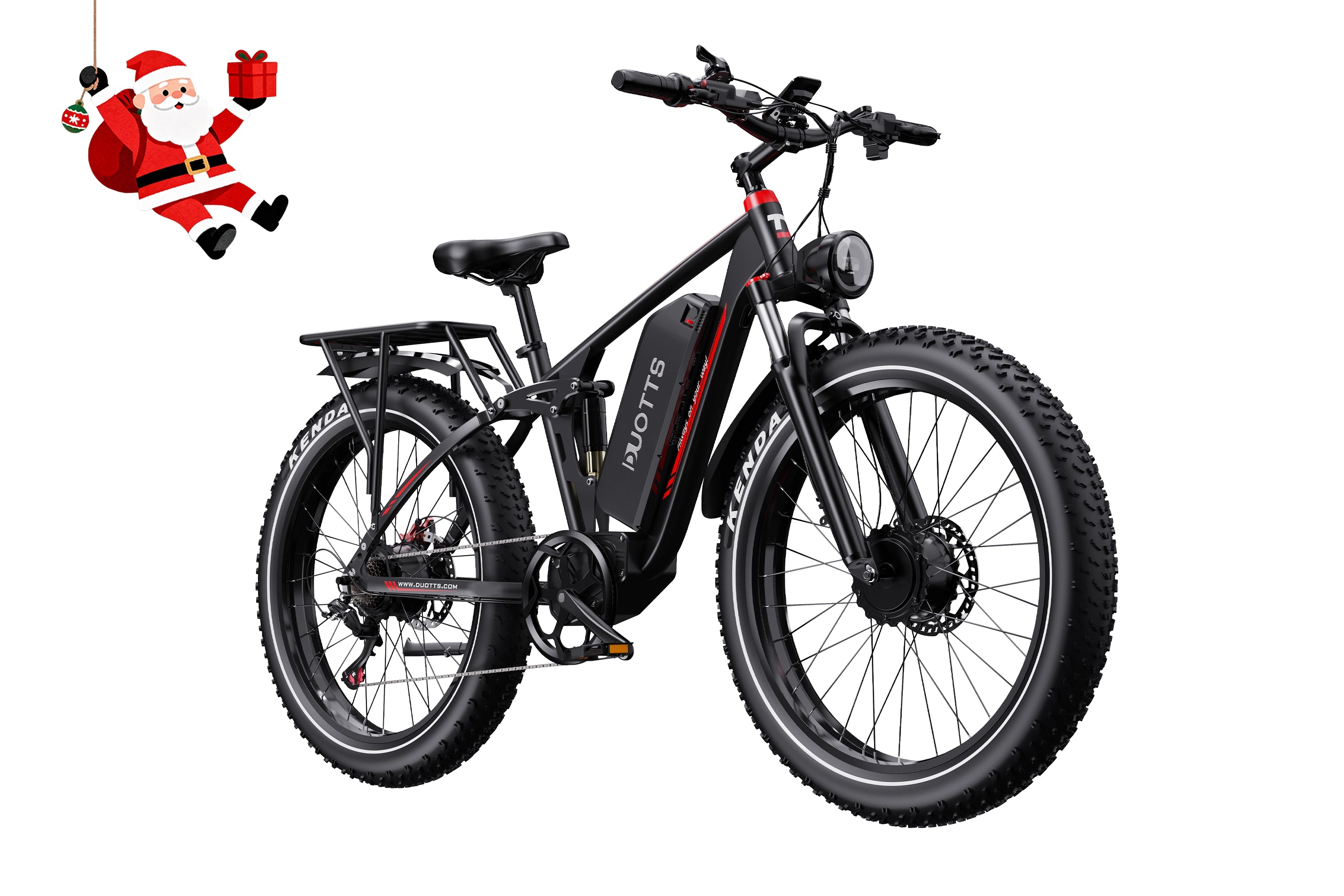
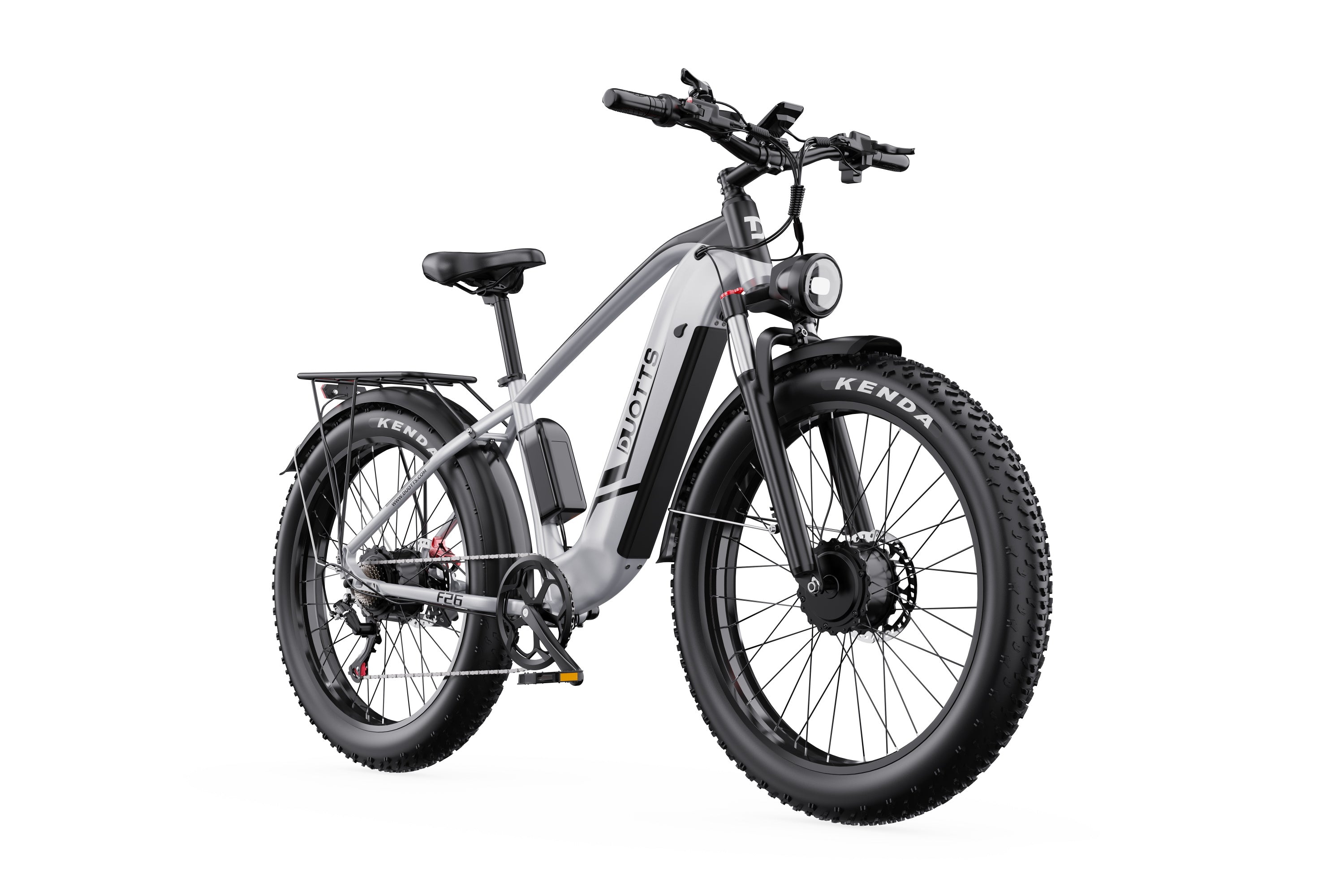
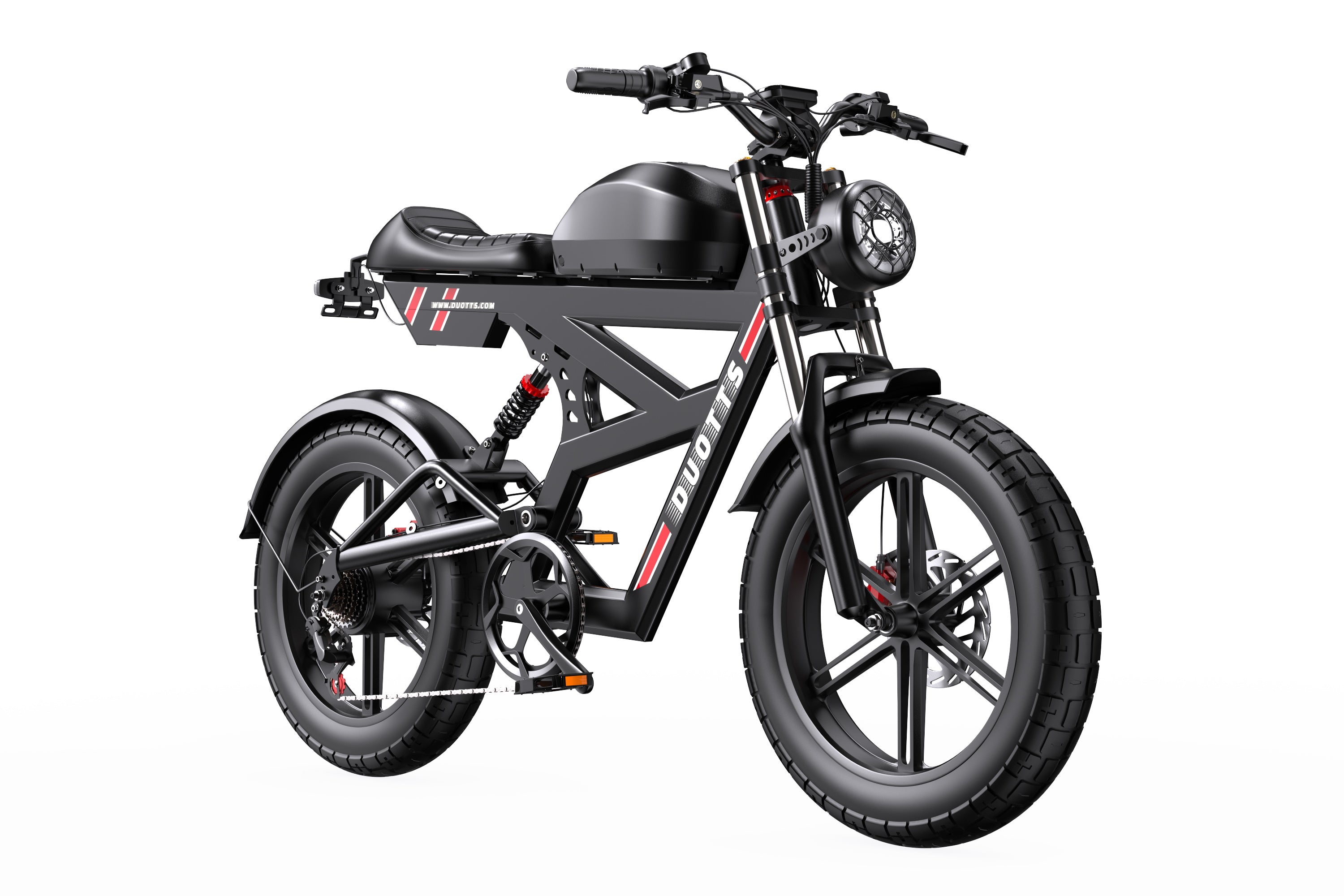



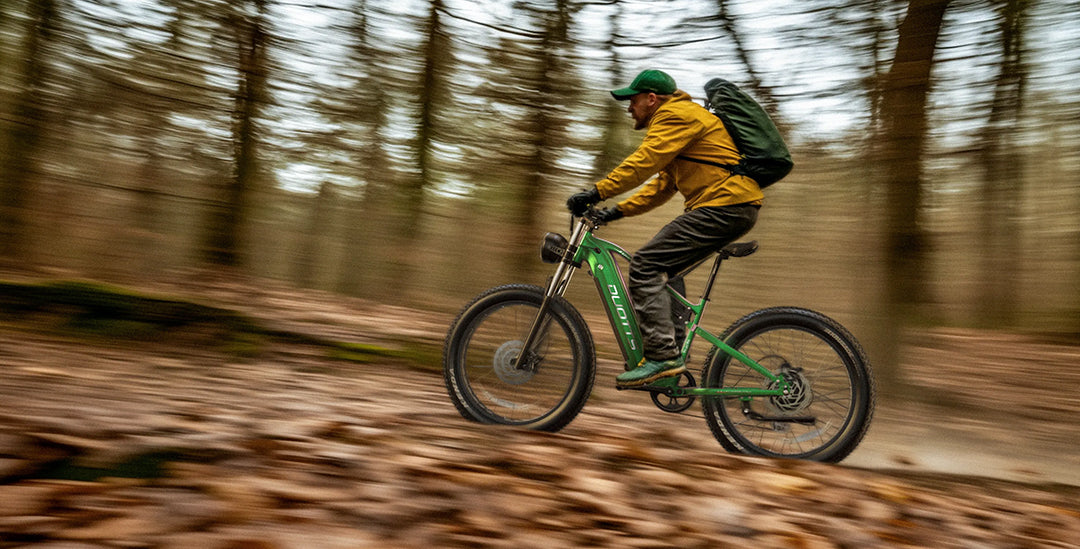

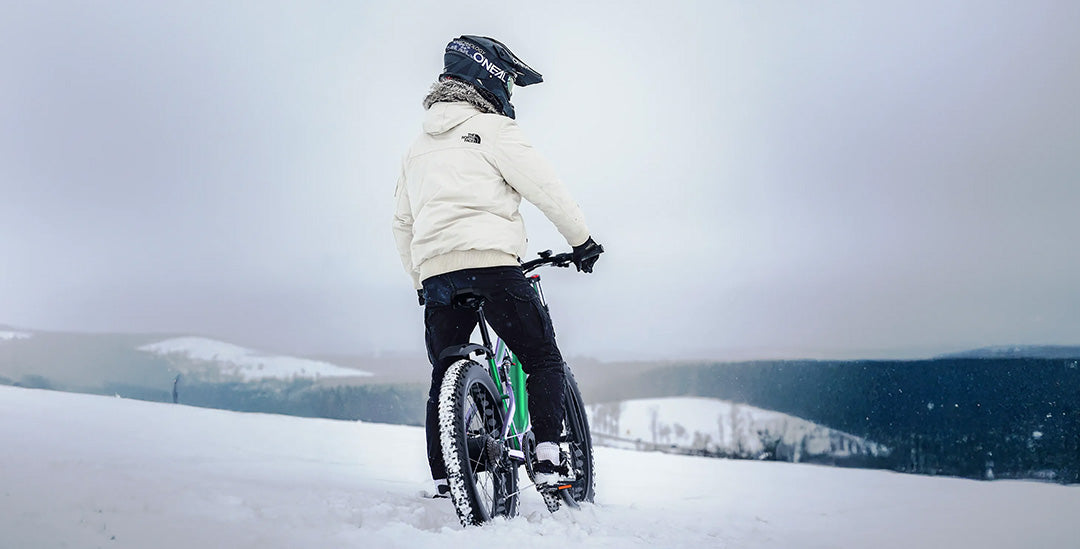
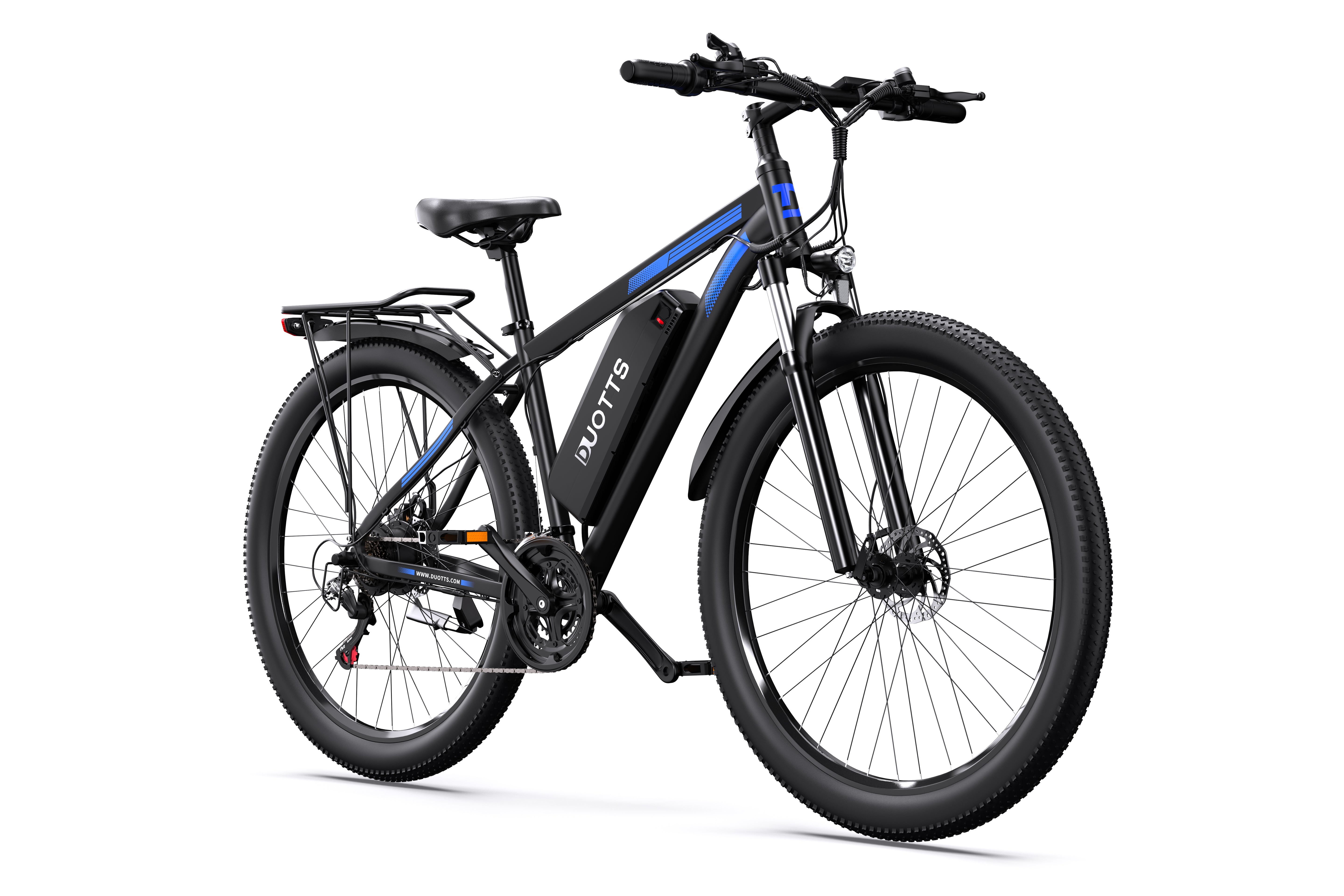




Laisser un commentaire
Tous les commentaires sont modérés avant d'être publiés.
Ce site est protégé par hCaptcha, et la Politique de confidentialité et les Conditions de service de hCaptcha s’appliquent.